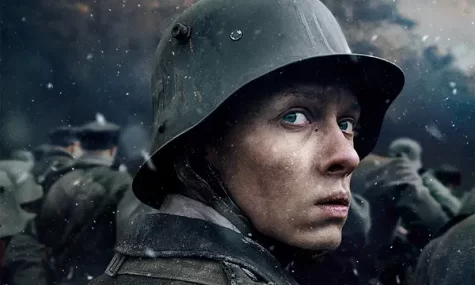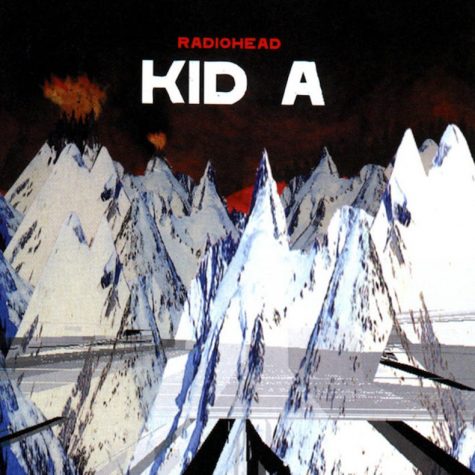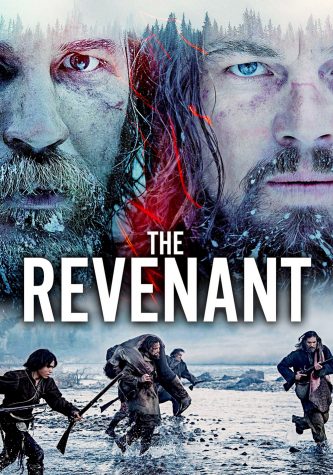Video Games and the Economy
March 28, 2017
Video games are often underestimated for their practical use but video games may help us understand the economy. This really only applies to multiplayer games as in single player games the economy is controlled by the game code.
The biggest example of this is World of Warcraft (WoW). WoW has been around for around 13 years now and in one of the most popular games of all time. The game is classified in the genre MMO. An MMO is a massively multiplayer online game. This means that you will be playing alongside thousands of players at any given time. The game functions on a loot economy. You get loot by completing missions and killing enemies. These loot items have certain worth in the game world. For instance, a regular steel sword won’t be anywhere near as valuable as an enchanted, golden sword because of the latter’s higher quality. Players often sell their unwanted loot to other players to make money. The currency in WoW is gold. Players can make massive amounts of gold by selling off rare and valuable loot. Gold in WoW does have an exchange rate to US dollars based on people selling gold for real money. The exchange rate in 2004 when WoW first released was $1 for every 1 gold. As of 2014, the 10 year anniversary of WoW, the exchange rate was $1 for every 700 gold. This higher amount of gold for every dollar is due to inflation. As the game progressed, older players had more and more gold which lowered golds value. This happens in real life all the time. Currency values changing due to economic conditions. After World War 1 Germany was forced to pay for damages done to the allies during the war. They were required to pay 132,000,000,000 marks or 32,000,000,000 USD. Germany tried to solve this problem by just printing off more money. This failed because since there were so many marks floating around, they lost their value. People burned marks instead of wood because it was cheaper. Other games can teach us about the economy too. Counter-Strike is an insanely popular competitive game. This game has a thriving economy rooted in weapon skins. Players can open loot crates to get a weapon skin of varying value. Players can then put these skins up for sale in the marketplace for other players to purchase from them. These skins can range from a couple of cents to tens of thousands of real dollars (yes, thousands). This skin economy changed the game for good. Before these skins became available, Counter-Strike player populations were dwindling. There were less and less players playing every day because they were bored. Counter-Strike is very simple. The skins not only rejuvenated the population, but expanded the game’s competitive scene. More and more tournaments were being played with more and more money on the line. This expansion got more people to see Counter-Strike and play it themselves. Counter-Strike tournaments are now even being broadcast in Buffalo Wild-Wings and on Turner Broadcasting. This economy is player run. Sure the developers release new skins but the players really determine their value and market share. This player run economy creates a constantly changing market, with prices changing hour to hour like the real economy.
Video games are capable of amazing things. You can laugh, you can cry, you can rage, and most importantly you can learn. Not just from cheaply made, parent approved, educational games. You can learn from almost any game. Some topics are more thought provoking than others, but almost any game can teach you something. The economy is no exception, as we’ve seen. So next time you play your favorite game, just think about what you may be taking away from it, even if you don’t know it.










